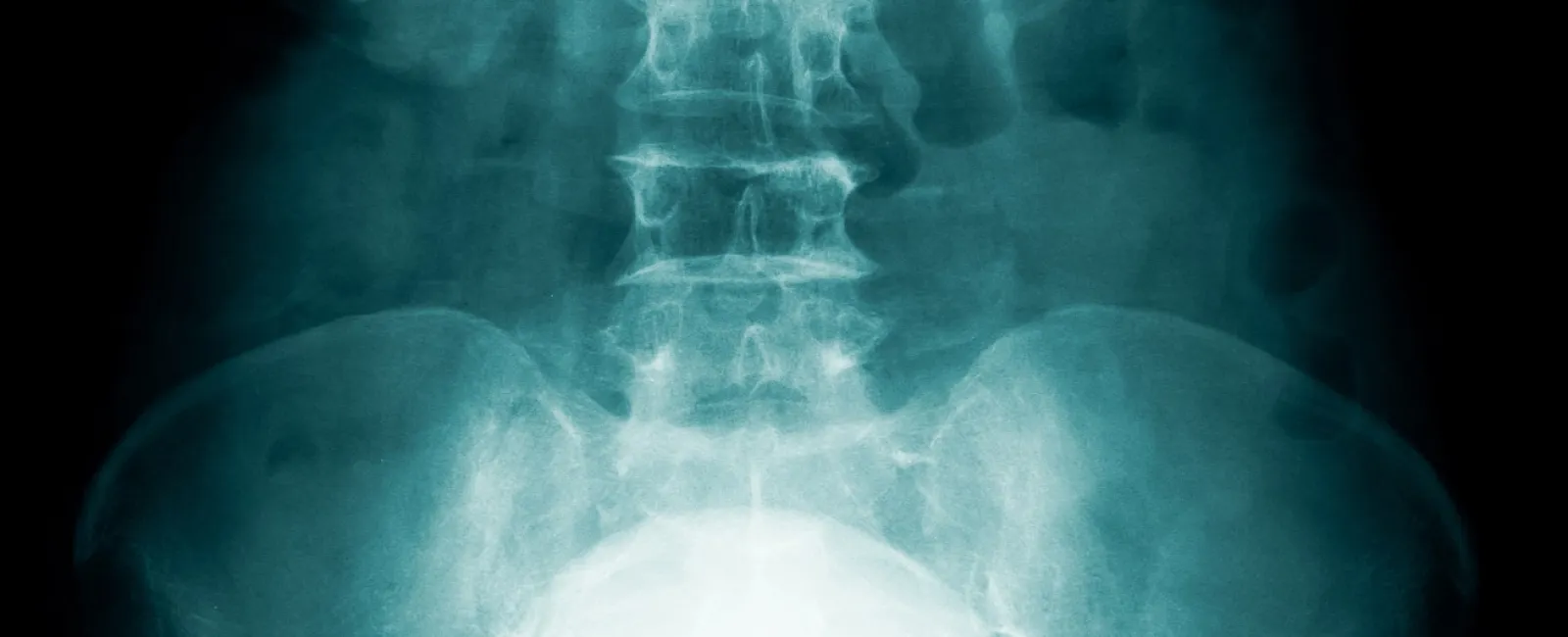As you age you may notice activities you used to participate in without any issue may now cause you to leak urine. Anything from going on a run to sneezing may result in involuntary urine leakage. This phenomenon can be inconvenient and unpleasant and may even cause you to avoid activities you love. There can be several reasons for urine leakage, but the good news is most are treatable. The first step in putting a stop to urine leakage is determining the cause, which can usually be identified through urodynamic testing.
What is urodynamic testing?
Urodynamic testing is any exam or procedure that investigates how well the body is releasing and storing urine. To understand urodynamic testing, it is helpful to understand how urine is stored in and exits the body.

How is urine stored in the body?
Urine is stored in the bladder. There are muscles at the base of the bladder, called sphincters, that hold urine inside the bladder until you are ready to urinate. When you urinate, the sphincters open, urine exits the bladder, passes through a tube called the urethra and out of the body. Urodynamic testing looks at how the bladder, sphincter, and urethra are functioning and can help determine if and where there may be an issue that is affecting urination.
What does urodynamic testing assess?
Urodynamic testing is used to determine the potential cause of involuntary urine leakage, along with other urinary issues. Your doctor may recommend urodynamic testing if you are experiencing:
- Urine leakage
- Problems starting a urine stream
- Frequent urination
- Pain while urinating
- Abrupt and intense urges to urinate
- Difficulty emptying the bladder completely
Urodynamic testing: What to expect
Urodynamic testing can range from recording and evaluating measurements, like your daily urine output or the length of time it takes to empty your bladder, to in-depth imaging of the bladder. Your doctor will take a medical history and evaluate you to determine what procedures will best help identify problems related to your individual urinary issues.
What procedures are included in urodynamic testing?
- Pressure flow study - This test can identify if you have a bladder outlet blockage. You will urinate and a device called a manometer will measure your bladder pressure and flow rate.
- Uroflowmetry - This test measures your urine flow rate. You will urinate into a special container that has a scale and is linked to a computer to automatically measure the flow rate and record the data.
- Cystometric Test - Also called a bladder pressure test, this procedure examines how much urine the bladder can hold, the pressure level inside the bladder as it stores urine, and how full the bladder is when you feel the urge to urinate. A small catheter with a pressure-measuring device will be inserted in your bladder when it is empty. Your bladder will then be filled slowly with warm water and you will be asked to describe how your bladder feels and at what point you experience the urge to urinate.
- Leak point pressure management - This procedure is a component of a cystometric test and shows at what point leakage occurs as your bladder fills.
- Postvoid residual measurement - This test will show if you are emptying your bladder completely when you urinate. Your doctor will take an ultrasound image of your bladder after you urinate to see how much urine remains in the bladder.
- Video urodynamic tests - These tests can show what happens when your bladder fills and empties. Your bladder will be filled with a special fluid that shows up on X-ray images, or with warm water if your doctor is using an ultrasound. X-rays or ultrasound images will be taken as your bladder is filled. These images will show the size and shape of the bladder and how it functions when full.
- Electromyography - Also called a bladder nerve test, your doctor may perform an electromyography if they think your urinary problems may be related to muscle or nerve damage. In this procedure, special sensors are placed near the urethra and rectum and used to record muscle and nerve activity. The patterns of nerve and muscle activity can show if the messages sent to the bladder and sphincters are coordinated correctly.
Is a urodynamics test painful?
Most of the procedures involved in a urodynamics test are painless and do not require general anesthesia. A local anesthetic may be used for procedures requiring a catheter.
Urodynamic testing prep
Most urodynamic tests do not require any special preparation. For some of the procedures your doctor may ask you to drink fluids prior to the test so your bladder will be full.
What to expect after a urodynamics test?
There are typically no major urodynamic testing complications, however some individuals experience mild discomfort while urinating for a few hours after the procedure. Your doctor may recommend you take a warm bath or hold a warm compress at the urethra opening to relieve this temporary discomfort. Your doctor may also prescribe an antibiotic to take after the procedure to prevent infection.

